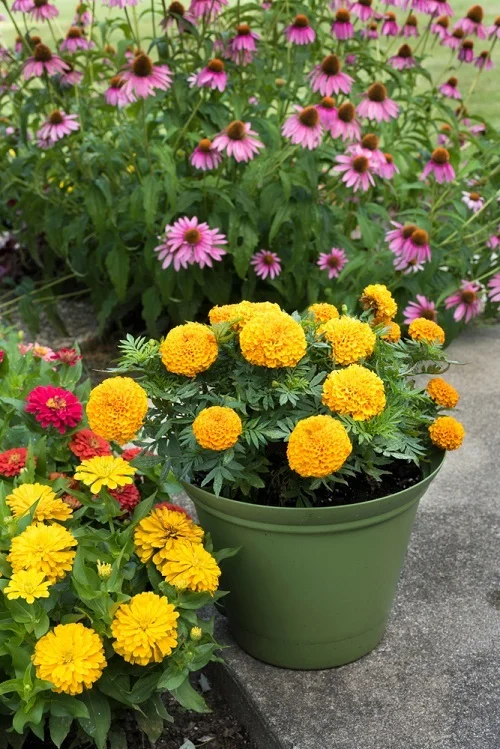The More You Cut These Flowers, the More They Bloom!
Certain varieties of annuals and perennials bloom better after their flowers are removed. This guide highlights plants that flourish from deadheading, ensuring consistent blooms and lush growth.
What is Deadheading?
Deadheading is the process of removing old flowers to make room for new ones. Once flowering begins to fade, the plant focuses its energy on seed production. By pinching off the spent flowers, you trick the plant into producing more blooms.
This method is effective for many plants, but some, like impatiens, are self-cleaning and don’t require deadheading. Additionally, avoid deadheading in the fall as many creatures rely on seed pods for sustenance.
Now, let’s explore plants that benefit the most from deadheading.
Plants That Benefit From Deadheading
- Cosmos (Botanical Name: Cosmos)
- When cosmos blooms start to fade, snip them away to encourage more delicate, saucer-shaped flowers in white, pink, red, and orange. Trim the slender stem back to the first leaf below the blossom for continued blooming, sometimes into the fall.

- Roses (Botanical Name: Rosa)
- To keep roses blooming, remove the fading flowers by cutting just above a set of healthy leaves. This encourages the plant to produce larger and more beautiful blooms, turning your garden into a romantic paradise.
By incorporating deadheading into your gardening routine, you can enjoy more vibrant and continuous blooms from your favorite flowers. Get your shears ready and let’s deadhead!

